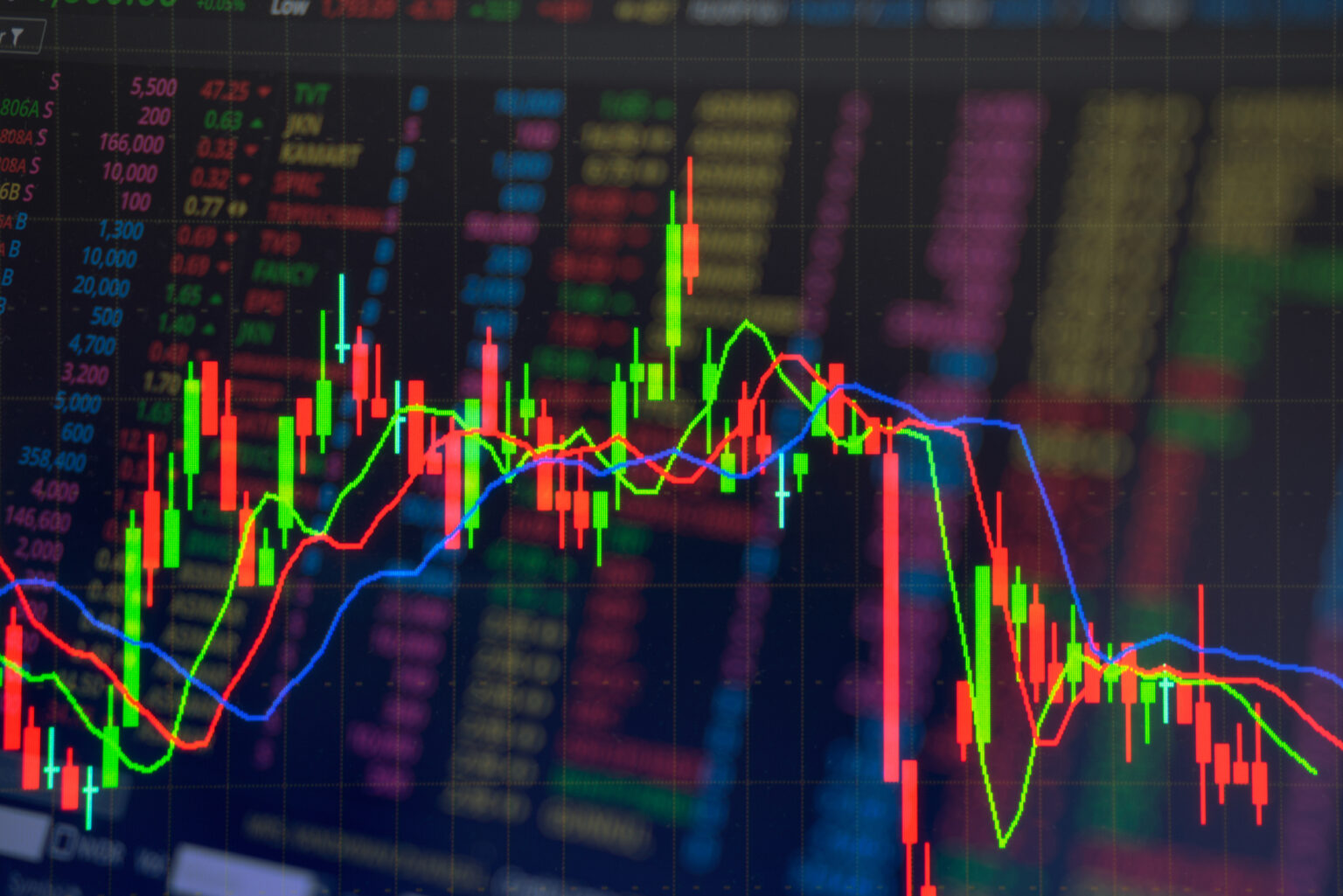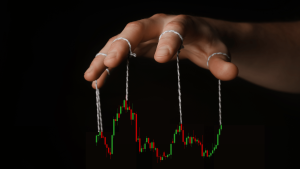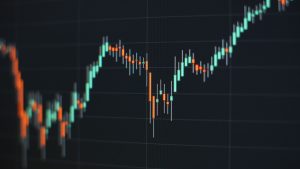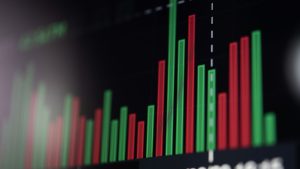In the world of trading, countless indicators are available to help traders make informed decisions. However, when it comes to simplifying your strategy, many experienced traders turn to volume as their primary indicator. Volume tells the story of how much of a particular asset is being traded at any given time. When combined with momentum and price action as confluences, volume becomes a powerful tool that can help you anticipate market moves with greater precision.
In this blog post, we’ll explore the benefits and drawbacks of using volume as your main trading indicator, how it works alongside momentum and price action, and why this approach can be a highly effective strategy.
Why Volume Matters in Trading
Volume is essentially the fuel that drives the market. It reflects how much interest there is in buying or selling a particular asset, providing a clearer picture of the strength behind price movements. If an asset’s price rises on high volume, it indicates strong buying interest, suggesting that the trend might continue. Conversely, if price rises on low volume, the move may be unsustainable, potentially signaling a reversal.
Incorporating volume as a primary indicator allows traders to assess the strength of a trend, determine breakout validity, and identify potential reversals.
Combining Volume with Momentum and Price Action
While volume can be a stand-alone indicator, using it with momentum and price action creates a more comprehensive strategy. Here’s how they work together:
- Volume as the Main Indicator: Volume shows the level of participation in a move, confirming whether price action is backed by strong market interest or not. If price rises or falls with increasing volume, the move is considered more reliable.
- Momentum as a Confirmation Tool: Momentum indicators like the Relative Strength Index (RSI) or the Moving Average Convergence Divergence (MACD) can help confirm whether the strength of a trend is fading or accelerating. Momentum helps you gauge whether the market has more room to move in the current direction or is due for a reversal.
- Price Action as the Confluence: Price action—looking at patterns like breakouts, candlestick formations, or support and resistance levels—serves as the final confirmation. When price action aligns with increasing volume and matching momentum, you have a solid confluence of indicators signaling a high-probability trade.
Pros of Using Volume as the Main Indicator
- Simplicity:
Volume is a straightforward indicator that doesn’t require complicated calculations. It’s easy to see and interpret on most trading platforms, making it accessible to traders of all experience levels. - Confirms Trend Strength:
Volume helps confirm whether a trend is strong or weak, reducing the risk of trading false breakouts or entering trades at the wrong time. - Predicts Breakouts:
Spikes in volume often precede significant price movements, helping traders spot potential breakouts or breakdowns before they happen. This can be especially useful in identifying trading opportunities early. - Reduces False Signals:
By focusing on volume, traders can filter out price movements that are not supported by market interest, reducing the likelihood of getting caught in false signals.
Cons of Using Volume as the Main Indicator
- Not Always Clear in Consolidation:
In periods of sideways or consolidating markets, volume alone can sometimes be misleading. It may not give a clear direction, and relying solely on volume can result in missed opportunities or misinterpreted signals. - Late Entry in Some Cases:
Volume spikes often confirm a trend that has already begun, which means that by the time you act on volume, you may have missed the optimal entry point. Combining volume with price action can help mitigate this, but timing remains a challenge. - Can Be Influenced by External Factors:
Volume doesn’t always reflect genuine market sentiment. External factors like news, market sentiment, or sudden economic events can cause volume to spike temporarily, which may lead to false signals. - Difficulty in Illiquid Markets:
In less liquid markets or smaller-cap assets, volume can be erratic, making it less reliable as a primary indicator. Traders focusing on such assets should use additional filters or indicators to confirm volume signals.
When to Use Volume as a Primary Indicator
Volume-based trading strategies are particularly effective in trending markets where strong directional moves occur. It is also highly useful for breakout trading, as rising volume often precedes breakouts. Momentum helps you determine whether the market is ready to explode in a direction, while price action offers clear entry and exit points.
For example, if a stock breaks out above a key resistance level with a significant increase in volume, while momentum indicators like RSI show strength and price action confirms the breakout, this could be a high-confidence entry point.
Conclusion: Volume as a Core Strategy
Using volume as your main trading indicator, supported by momentum and price action, offers a simple yet powerful trading strategy. It reduces the complexity of over-analyzing dozens of indicators and allows you to focus on what matters most: the strength behind price moves.
However, like any strategy, it’s important to consider the limitations and adapt it based on market conditions. Volume works best in liquid markets and during strong trends but can be less reliable in choppy or illiquid environments.
Want to master the art of using volume as your main trading indicator? Join the EPIQ Trading Floor today for access to expert trading strategies, real-time signals, and a community of traders committed to success. Start your 3-day risk-free trial now! Click here to learn more.
Disclaimer:
The information provided in this blog is for educational purposes only and should not be considered financial advice. Always conduct your own research and consider your financial situation before making trading or investment decisions.










Responses